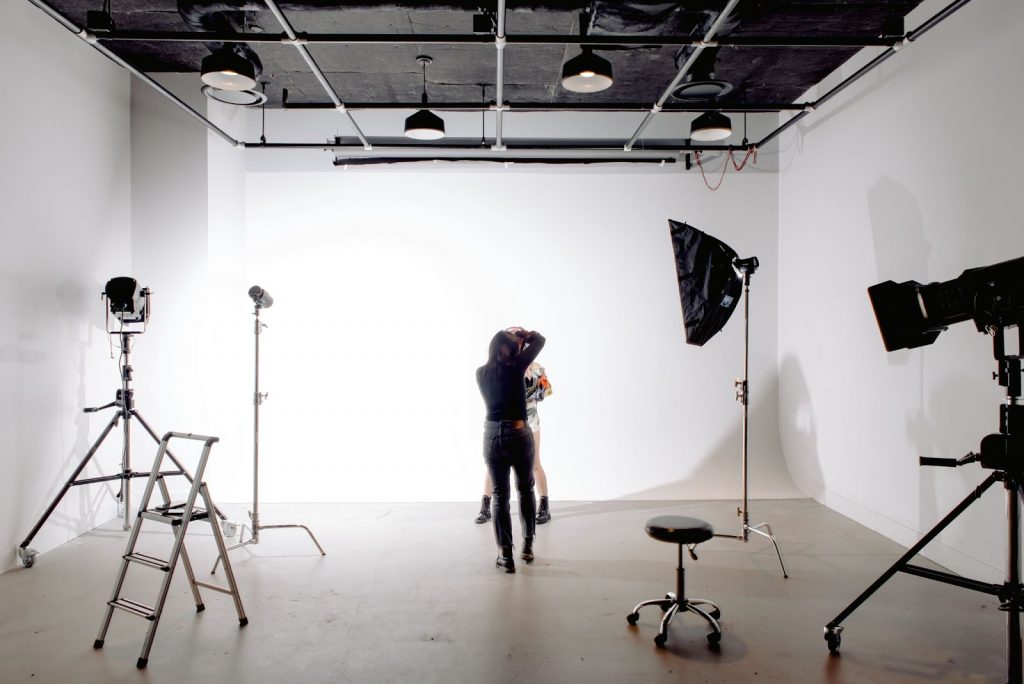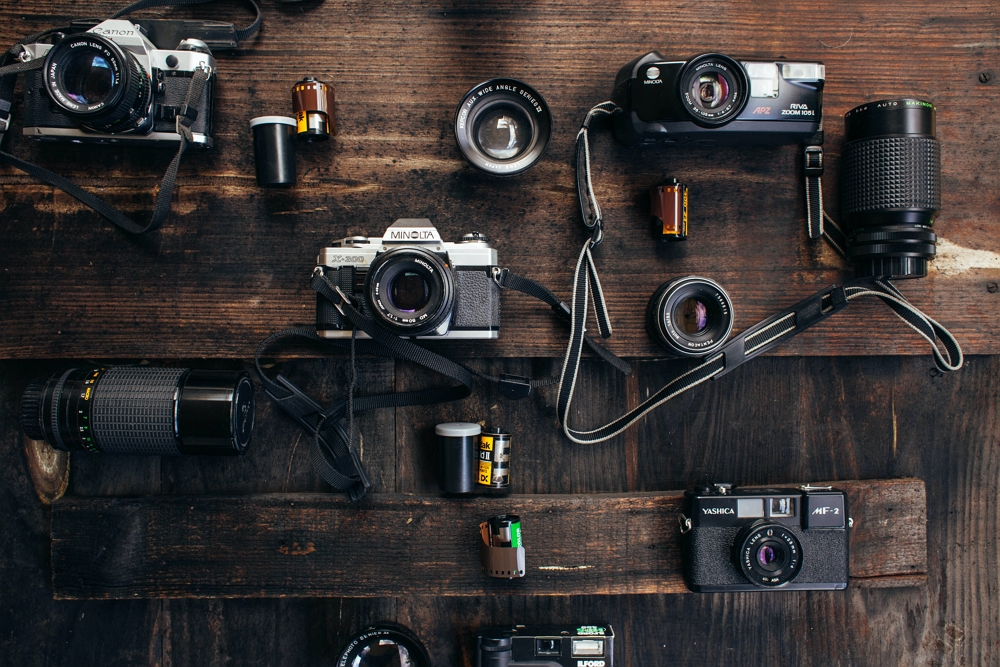There comes a time when you decide that you are ready. Ready to turn your passion for photography from just a side hustle into a business. But where do you start? What steps do you take and what issue do you have to resolve? If you feel even the tiniest bit lost on your way to what could be your dream job, we are here to help you. In this article, we’ll be breaking down how to start a photography business in a few doable steps.
- Decide on the Type of Services You’ll Provide
First of all, choose your field. You can go for food, portrait, travel photography – basically anything that tickles your fancy. However, if you plan to profit as a photographer, direct your attention to ID photography.
This is quite a lucrative niche, that is constantly in demand and doesn’t require much investment. As a matter of fact, the only few things you’ll need to get your ID photography business going are your camera, roll-down background, and affordable software. For instance, you could go with Passport Photo Maker. This convenient program helps you make perfectly compliable photos thanks to its auto templates. With this software, you can create and print images for visas, passports, driving licenses, as well as print 2×2 photo or any other format.
- Write Down a Business Plan
Without a properly devised business plan, your actual business will not take off. So sit down and plan your marketing strategies, your pricing formation, weight on your expenses, and foreseeable income. The more detailed your plan is, the more pitfalls you’ll be able to avoid.
- Register Your Business
After you choose your field, you need to decide on the type of business you are going to run. You can go with a sole proprietorship, find a partner, or found a limited liability company. Whichever you choose, it will affect not only the registering procedure but also the taxes you’ll have to pay. Create a name that will become your brand’s. If you decide not to go with your actual name, but would rather come up with something catchy, make sure that the name hasn’t been taken already through the Patent and Trademark Office.
- Set Up Your Photo Studio
Now get yourself a studio. You have two solutions. First, you can set up your studio right at home. This would considerably cut the expenses, but might make the life of your family just a little uncomfortable (what with all those random people showing up at your doorsteps, gear scattered around, and extension cords traitorously lying on the floor). Another way is to rent a place. You can go with a spot at the mall or an office downtown. This option is admittedly more expensive, but this will help your studio cover more clientele (and save your family quite a lot of inconveniences).
- Get the Gear Ready
Surely you don’t think that only your camera will do, right? So, yes, this is the stage where you’ll have to part with a bit of money (if you don’t have all these things already). Apart from your camera, you’ll need additional lenses, background (either more expensive and solid or cheap and collapsible), lights, reflectors, flashes, a tripod, additional batteries, a high-quality printer, and paper.
- Market Yourself Extensively
Without proper promotion, you cannot possibly start your own photography business. So before you snap your first picture as an actual entrepreneur, make sure that your potential clients know who you are. First of all, create promotion materials like business cards, flyers, brochures. Invest in your own website. Use your social media platforms to get some recognition. And don’t shy away from the good old word of mouth technique. The more people know about your studio the better – the means don’t really matter.
For some of your larger clients, marketing might not be done online. You’ll meet them first. These may be wedding clients or people looking to book big corporate gigs. Ensuring you’ve got photo books to physically show them makes a great impression and can close the deal. The photo books should highlight your best work so far. You can order bulk photo books too so that you can display different kinds of work to different clients. For example, a corporate gig will be persuaded to hire you by great pictures of similar events, not of pictures of weddings.
So as you can see, starting a photography business isn’t actually that scary of an endeavor. All you need is to keep your head cool, your hands busy and your heart full of that passion for photography that inspired you in the first place.






